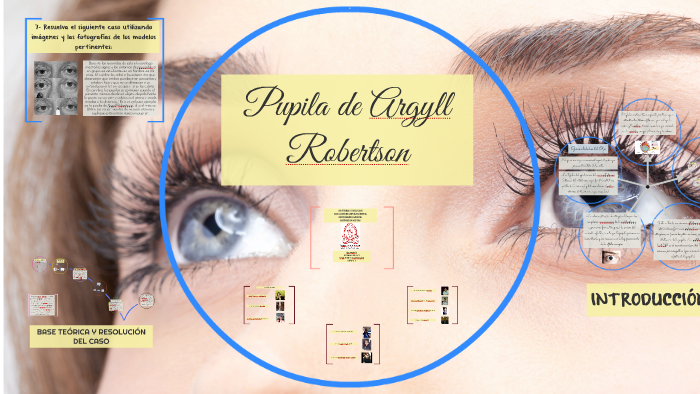
Because we now have effective antibiotic treatment, both clinical clues and screening tests are of vital importance, especially in early and in asymptomatic latent cases. 2 A clinical diagnosis of syphilis is no longer the occasional curiosity it was at the end of the twentieth century, yet routine screening tests have fallen into disuse. 1 In 2020, 133,945 cases of all stages of syphilis were reported in the US, and in the UK the rate of newly diagnosed cases in 2020 was twice that in 2012. Since reaching a historic low in 2000 and 2001, the incidence of syphilis has increased almost every year. Several direct and serological tests of varying sensitivity and specificity have now replaced the WR. In my student days, the Wasserman reaction (WR), though not specific, was performed almost routinely in patients on medical wards to detect syphilis. Low-Grade Oligodendroglioma of the Pineal Region: Case Report. Stavale J.N., Cavalheiro S., Lamis F.C., Neto M.A.D.P. Pineal Gland Tumor but not Pinealoma: A Case Report. Naqvi S., Rupareliya C., Shams A., Hameed M., Mahuwala Z., Giyanwani P.R. Low-grade oligodendroglioma of the pineal gland: A case report and review of the literature. Levidou G., Korkolopoulou P., Agrogiannis G., Paidakakos N., Bouramas D., Patsouris E. Too Much on Your “Plate”? Spectrum of Pathologies Involving the Tectal Plate. Gandhi N., Tsehmaister-Abitbol V., Glikstein R., Torres C. A Medley of Midbrain Maladies: A Brief Review of Midbrain Anatomy and Syndromology for Radiologists. nPC: nuclei of the posterior commissure, iNC: interstitial nucleus of Cajal, riMFL: rostral interstitial nucleus of medial longitudinal fasciculus, OM: oculomotor nuclei, SRs: paramedian nucleus, IOs: intermediate columns nucleus, CCN: central caudal nuclear. Another hypothesis states that a lesion or damage in the inhibitory nPC and the iNC limits inhibition of the M group. Supranuclear control impairment may trigger an overstimulation of the M group by increasing the CCN firing rate. Overstimulation or under inhibition of the M group is the proposed hypothesis. When M-group cells are stimulated, the firing rate in the CCN increases, as well. The M-group and riMLF sends excitatory output to the superior rectus (SR), inferior oblique (IO) muscles, and facial nucleus (frontalis muscle), and levator palpebrae which generate eyelid elevation. Lesions in the iNC tend to alter M and CCN-group cells. The posterior commissure elicits the pupillary reflex, generates the eyes’ vertical movement, and inhibits the upper eyelid elevation pathway. Finally, ataxia is caused by compression of the superior cerebellar peduncle.Ĭollier sign midbrain neurology parinaud pseudo argyll robertson pupil.Ĭollier’s sign.

We did not find a reasonable explanation for squint. Ptosis in Parinaud's syndrome is caused by damage to the oculomotor nerve, mainly the levator palpebrae portion.

Blurry vision is related to accommodation problems, while the visual field defects are a consequence of chronic papilledema that causes optic neuropathy. Diplopia is mainly due to involvement of the trochlear nerve (IVth cranial nerve. In Parinaud's syndrome patients conserve a slight response to light because an additional pathway to a pupillary light response that involves attention to a conscious bright/dark stimulus. Pseudo-Argyll Robertson pupils constrict to accommodation and have a slight response to light (miosis) as opposed to Argyll Robertson pupils were there is no response to a light stimulus. External compression of the posterior commissure, and pretectal area causes pseudo-Argyll Robertson pupils. Overstimulation of the M group of cells and increased firing rate of the CCN group causing eyelid retraction. In the vicinity of the iNC, there are two essential groups of cells, the M-group cells and central caudal nuclear (CCN) group cells, which are important for vertical gaze, and eyelid control. In Collier's sign, the posterior commissure and the iNC are mainly involved. In CRN, there is a continuous discharge of the medial rectus muscle because of the lack of inhibition of supranuclear fibers. In upward gaze palsy, three structures are disrupted: the rostral interstitial nucleus of the medial longitudinal fasciculus (riMLF), interstitial nucleus of Cajal (iNC), and the posterior commissure. We investigated the pathophysiology related to the signs and symptoms to better understand the symptoms of Parinaud's syndrome: diplopia, blurred vision, visual field defects, ptosis, squint, and ataxia, and Parinaud's main signs of upward gaze paralysis, upper eyelid retraction, convergence retraction nystagmus (CRN), and pseudo-Argyll Robertson pupils. Parinaud's syndrome involves dysfunction of the structures of the dorsal midbrain.


 0 kommentar(er)
0 kommentar(er)
